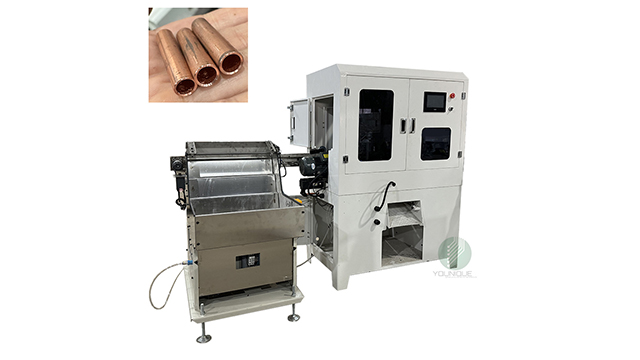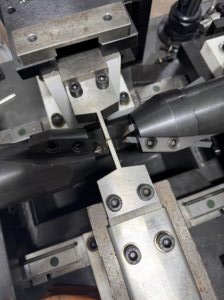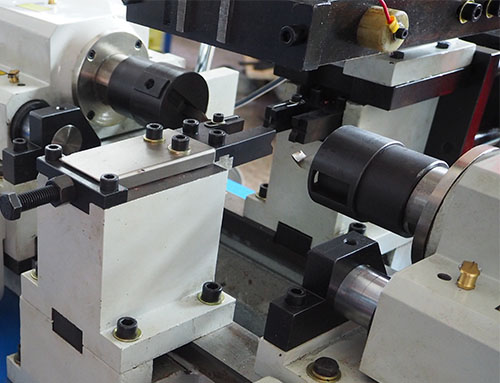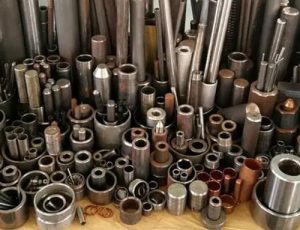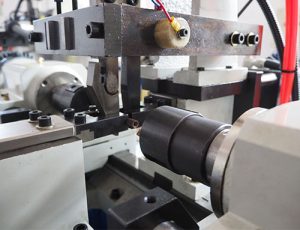Conclusion
Choosing the best chamfering machine requires careful consideration of performance factors, machine types, material compatibility, and safety features. By selecting the right machine for your needs, you can improve efficiency, precision, and safety in your work.


